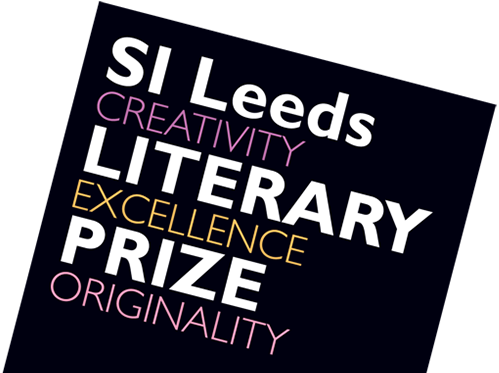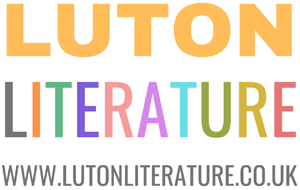Carolyn Choa is a Patron of the SI Leeds Literary Prize and has acted as a translator on several Chinese films. She was co-editor and translator of The Vintage Book of Contemporary Chinese Fiction. In this blog she talks about the labour of love involved in translating another writer’s work
Poetry
Anyone who has ever attempted to translate a classical Chinese poem into English will immediately be confronted with a simple reality – Chinese is a monosyllabic language, and English is not. Hence, any English translation will inevitably be longer, not only because the words have more syllables, but because the Chinese language, particularly in its classical form, prizes ambiguity, intentionally leaving spaces for the reader to fill and interpret. In paintings this is called ‘liu bai’, ‘leaving the white(of a scroll)’ . In literature it works on the same principle.
Classical Chinese poetry adheres to strict formal structures. First there is the length and number of lines, which are pretty much prescribed; then, as in all poetry, it has its own inherent musicality – in rhythm, cadence and phrasing, not to say the occasional rhyme. in fact, the most widespread form of Song poetry, called Ci, were originally based on musical structures and were meant to be sung. All of this instantly asks of the translator to be both respectful and irreverent, in order to reflect the original work accurately in sense and tone, while offering fluency, comprehensible cultural references (possibly ancient), and the same level of poetic pleasure to the western reader.
The accomplished film editor, Walter Murch, once said that the last thing one should ever sacrifice in the cutting room is the emotional truth of a scene, and that when it comes down to a tough choice, one might occasionally have to let go of continuity, considered sacred by most film-makers. Murch is a translator (from the Italian) himself, and often likens one art to the other.
Prose
Translating prose is naturally not as demanding in terms of word count or musicality line by line, but as a whole, all other disciplines of style and meaning apply. A good example is the novels of Haruki Murakami. Not many people would have read him in the original Japanese, yet the skills and talent of his main translators, Jay Rubin and J. Philip Gabriel, are such that we feel in close proximity to the original voice of the author.
Subtitles
When subtitling a film, the additional element of time enters into the equation. Here there must be a constant weighing up of priorities. Each line has to sound like the character who is speaking of course, and the meaning has to be clear, but if the audience does not have enough time to read the dialogue, all work is to no avail. On occasion, a film might be full of local dialect. How best to tackle this? What would be the equivalent of a north-eastern dialect in China for instance? To render it into a local dialect in English might be distracting to the audience at best, and at worst, downright odd and out of context. In these instances, I would often choose to ignore the dialect and simply try to make the lines feel emotionally true to the scene.
This is necessarily the briefest touch on an inexhaustible subject. But we all know that without the patient work of the many talented translators from around the world, a great number of us would never have had the chance to encounter Chekhov, Kawabata, Hesse, Proust, Dante, Rumi, Laozi, Kundera, Aristotle, or for that matter, the Buddha. For this reason alone, we are most grateful to those selfless artists working in the shadows. It is high time we brought them into the light.
























